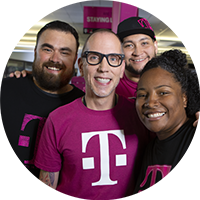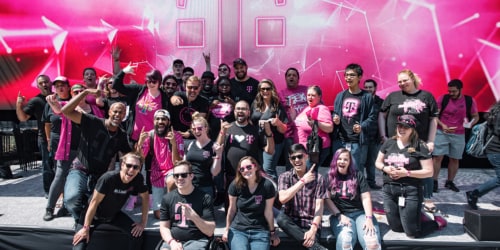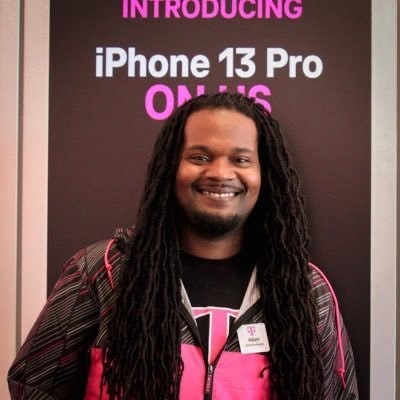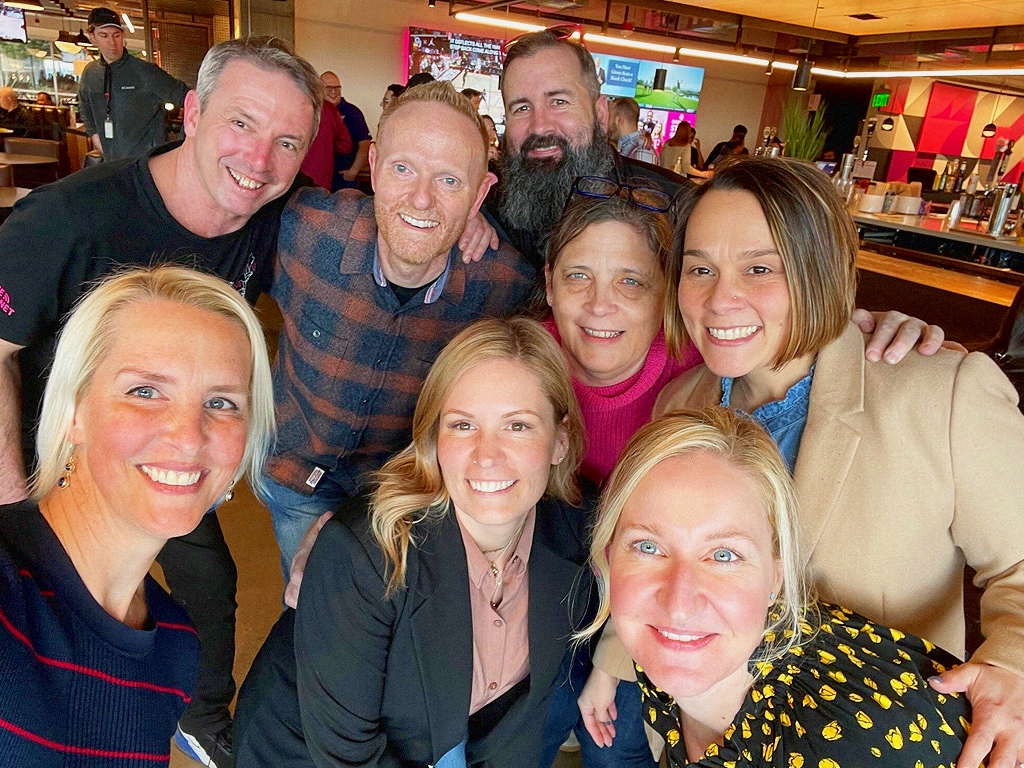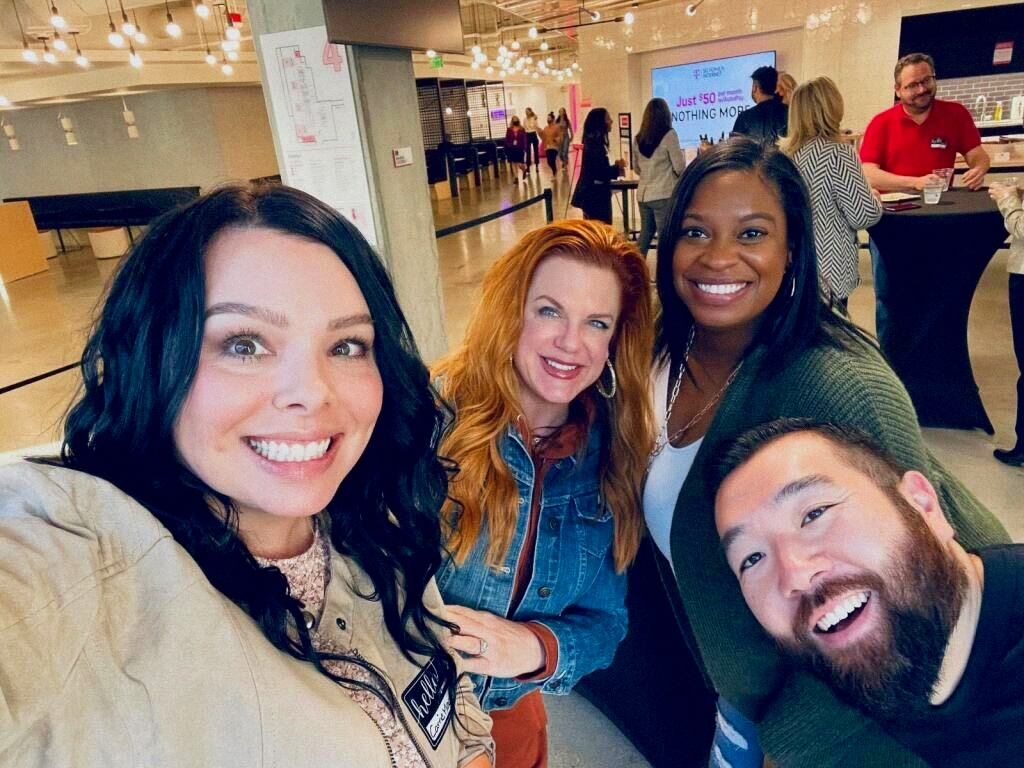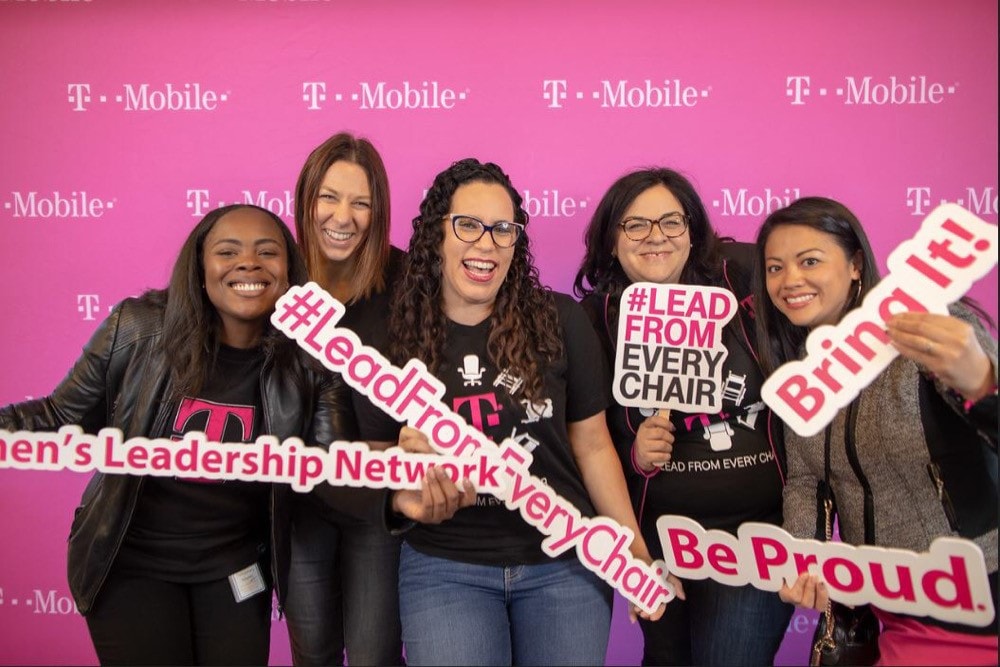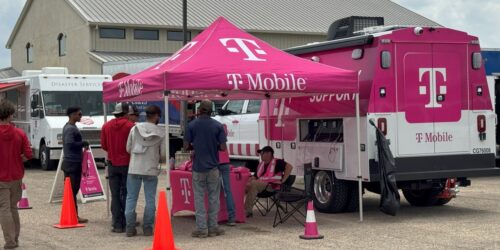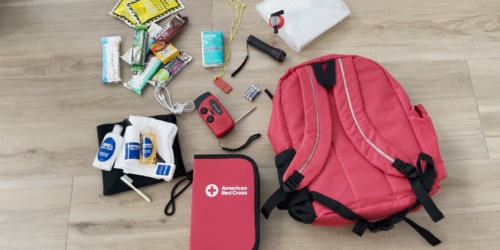Two years have passed since T-Mobile’s merger with Sprint, and those two years have been more meaningful for employees than anyone imagined. Integrating two companies and cultures is a massive undertaking in itself. Simultaneously, the company and employees were navigating a pandemic with the rest of the world while tackling pain points for T-Mobile customers. Despite the challenges, T-Mobile employees together have paved the way to recent successes (evidenced in the company’s Q4 earnings report, its repeat J.D. Power wins and 5G leadership with the largest and fastest nationwide 5G network) that benefit consumers and businesses. No wonder Team Magenta is feeling so proud!
T-Mobile employees are the heart, soul, face and voice of the Un-carrier. They are people of all walks of life who’ve continued to bring their best and brightest selves to work no matter what. They are the reason the rule-breaking, customer-loving mission that launched the Un-carrier revolution culminated in the last two years. And they are the reason T-Mobile is now stepping boldly into the future. Each of them embodies a different piece of a new Un-carrier era.
Adam Peoples has had various positions in T-Mobile retail for eight years. Last year he became retail manager at a brand-new store in Brownwood, Texas, a town of about 20,000 that’s dead center in the middle of the state. Before the merger, he says, T-Mobile customers in Brownwood had to drive to Abilene to meet with an in-store Mobile Expert. Now they have a store right there on Commerce Street. He regularly talks about the company values with his team to ensure they’re putting their best foot forward for the business.
Adam and his crew have been working with many of Brownwood’s older population, some of whom are new to T-Mobile. He tells a story about an older woman who came into his store directly from the AT&T store across the street, where she was fed up with the lack of help. But once Adam and his team gave her their usual special treatment, she switched to T-Mobile on the spot. Then … she lost her phone the very next day! Adam told her to go home and keep looking while he called the phone over and over until she found it. He describes it as empathetic service, and it’s exactly what our customers remember forever.
“What the new Un-carrier era means to me is exactly where I am now,” Adam says. “I’m in one of those small-town rural markets where customers are limited to what options they have. Now that we’ve been able to deploy so much 5G spectrum, we can start entering into spaces that we weren’t in before.”
When it comes to 5G, the merger has allowed T-Mobile to take huge steps toward industry-leading broad-spectrum coverage, including deep 2.5 GHz holdings that are ideal for mobile broadband. This is the technical side of integration, and it’s one of the company’s greatest post-merger assets.
“The merger created a host of opportunities to take the lead in the marketplace,” says Azmal Khan, a senior manager of engineering radio-frequency deployment on the Network team. Azmal took on a special assignment in 2020 as the Tri Los Angeles integration lead, developing integration and spectrum strategies for the area in close coordination with the regional and the national teams.
“Upgrading our sites to make them 2.5 compatible has been our focus,” he says. “We save millions by decommissioning the sites we will not need for the new T-Mobile network and leveraging the ones where we need coverage and capacity. With the combination of added Sprint sites and the 194 MHz of spectrum we got in the merger, we’ll drive competition for years to come.”
Kendra Lord knows all about beating the competition. As director of geospatial engineering and analytics on the Home Internet team, she knew people were fed up with Big Cable and the ISPs, “but the scale to which people hate their internet is amazing,” she says.
T-Mobile is changing that. Kendra partners with the Network team to determine underserved locations where we can establish consistent, quality internet service for brand-new customers.
Kendra’s team has helped boost sales of T-Mobile Home Internet, and they’re not letting up. Just ask Paisley Madison, a director who leads acquisition marking for the Home Internet team. While most ISPs and cable giants lock customers into contracts and bundles, Paisley is busy rescuing many of the 40 million people in the U.S. who still don’t have any access to home internet, along with the nearly 15 percent of U.S. households that have just one choice.
Paisley’s team made a huge marketing bet on a T-Mobile Home Internet ad for February’s Super Bowl, and it paid off. The ad resulted in more than 41 million views and 90 million impressions, delivering an immediate boost in sales. As the team was generating leads, they were also tracking the number of web visits, lead forms, sales and more.
“It’s the combination of this industry opportunity, an incredibly simple value prop and a maniacal focus on marketing performance that we feel is driving our success,” Paisley says.
The merger moved her team’s thinking from Could this business work? to We’re going to make it work. And she believes connecting people carries larger social implications.
“I feel like we’re delivering more than internet to people who don’t have choice,” she says. “We’re delivering equity.”
When it comes to delivering equity, T-Mobile employees rally behind Project 10Million. The $10.7B initiative launched in 2020 to create more equitable access to online education, and the timing couldn’t have been better. To date, the company and Project 10Million have connected about 3.2 million students and over 1,500 school districts across the U.S. and Puerto Rico.
Scott Ibaraki, a senior marketing manager for Project 10Million, says the program was “born out of the merger to help close the digital divide and the homework gap.” He joined the Cause Marketing team in December 2020 and immediately witnessed the initiative’s impact. “Every week, I make sure to remember that every single incremental enrollment in Project 10Million is one more household with students who now have reliable access to the internet,” he says.
He recalls a 2021 New York Times article about an 11-year-old in rural Mississippi struggling to keep up in a remote learning environment without dependable internet at home. Scott’s colleague, Elisabeth Rivers, immediately reached out to the family and helped them sign up for Project 10Million. The program was created to solve the homework gap, and this team is actually making it happen for real people wherever there is need in the country.
“I see the ‘new era’ as an opportunity for us to make some of the wild dreams we’ve had for the program actually come true,” Scott says. “It means that senior leadership is in full support of our mission and is ready to empower us to make huge strides in closing the digital divide. It means we’re not only talking the talk, but we’re walking the walk as a leader in the telecom industry.”
The fact that T-Mobile is growing in customers and employees means that there are more opportunities than ever to join the Magenta wave. The company brought on more than 15,000 new hires in 2021 and is continuing to add diverse talent.
As senior manager for T-Mobile’s TechX Returnship program, Joanne de Guzman is focused on bringing new folks into the magenta fold. She helps qualified candidates with gaps in their resumes — mainly software and architectural engineers — transition back into the workforce.
“I call the TechX Returnship program our hidden gem of talent,” Joanne says.
A lot of these highly educated, highly experienced people are mothers, people of color and veterans who have been overlooked elsewhere, and they bring unique and diverse assets to the company. She says the best feeling is when Returnship participants transition to permanent positions. After a few months of work, managers are often surprised to learn that these employees had any kind of break at all in their work history. She’s especially keen on the fact that Returnship participants often come from outside tech hubs, in small towns or suburbs.
Joanne and the entire Returnship program are intent on adding new elements to Team Magenta. Hers is a beautiful, expansive vision of the Un-carrier spirit and a bright, beaming signal of what’s to come.
“A new era for me means an era that is inclusive,” she says. “Something really focused on not repeating the past but creating something truly new.”
5G-capable device required. Some uses may require certain plan or feature; see T-Mobile.com. Fastest: Based on analysis by Ookla® of Speedtest Intelligence® data as reported on www.speedtest.net/global-index/united-states#market-analysis for Q4 2021. Ookla trademarks used under license and reprinted with permission.
